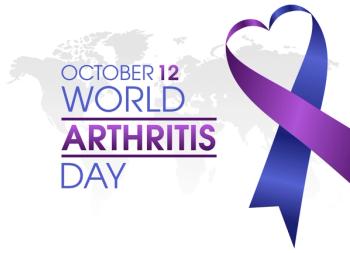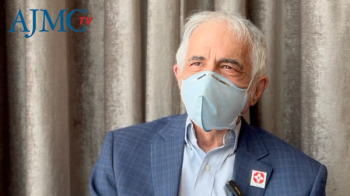
Uninsured Rate in US Stable From 2022 to 2023: US Census Bureau Report
The rate of uninsurance in 2023 was 8.0%, a statistically insignificant change from the 7.9% uninsured rate in 2022.
In 2023, the percentage of uninsured Americans remained stable, according to a
The overall rate of uninsurance in 2023 was 8.0%, a statistically insignificant change from the 7.9% uninsured rate in 2022. While methods for measuring health insurance coverage have changed over time, the 2023 rate is among the lowest recorded in the latest measuring system that began in 2017, according to a White House press release.3 With the current CPS ASEC, individuals are asked about insurance coverage in the previous calendar year and considered insured if they have any type of health insurance for all or part of the year.1
The 2023 data also showed that most Americans had private health insurance at some point during the year, with 65.4% of insured individuals covered by private health insurance and 36.3% covered by public insurance. Notably, some individuals may have more than 1 type of insurance coverage during the year. Employment-based insurance was the most common type (53.7%), with Medicaid (18.9%), Medicare (18.9%), direct-purchase coverage (10.2%), TRICARE (2.6%), and Veterans Affairs or Civilian Health and Medical Program of the Department of Veterans Affairs (1%) following.4
Another finding was that the rate of employment-based coverage dipped by 0.7 percentage points vs 2022, while the rate of direct-purchase coverage rose by 0.3 percentage points. The rate of public coverage did not statistically significantly differ in 2023 compared with 2022, but Medicare coverage increased by 0.2 percentage points in the same time frame. Changes in Medicare coverage rates were partially due to a larger number of people aged 65 and older in 2023 vs 2022.
Rates of uninsurance also differ by age, poverty level, and demographics. Among working-age adults (19-64 years), the overall uninsured rate was 10.9% in 2023. But among working age Hispanic adults, it was 23.6%—roughly twice the rate among Black adults (11.1%), and more than twice the rates in non-Hispanic White and Asan adults (7% and 6.8%, respectively). These rates were not statistically significantly different in 2023 vs 2022.
Uninsured rates among working-age adults also varied by income-to-poverty group, with lower rates in Medicaid expansion states (8.9%) compared with nonexpansion states (15.5%).
“The ACA provides the option for states to expand Medicaid eligibility to people whose income-to-poverty ratio falls under a particular threshold,” the report explained. “As of January 1, 2023, 38 states and the District of Columbia had expanded Medicaid eligibility requirements (referred to as “expansion states”). The remaining 12 states had not expanded Medicaid eligibility (“nonexpansion states”). The uninsured rate for children under the age of 19 living in Medicaid expansion states increased to 4.6% in 2023. For children in nonexpansion states, no significant change in the uninsured rate occurred between 2022 and 2023, which was 8.3% percent in 2023.”
Among children under the age of 19, the uninsured rate overall rose slightly to 5.8% in 2023 from 5.4% in 2022. Coverage rates in this population also differed based on demographic factors. Hispanic children of any race had the highest uninsured rate (9.4%), followed by Black children (4.8%), non-Hispanic White children (4.4%), and Asian children (4.2%) in 2023, and these rates were not statistically different vs 2022.
Notably, the 2023 data do not show the fallout from Medicaid “unwinding,” or the expiration of continuous enrollment, which was authorized during the COVID-19 public health emergency and expired in March.3 These individuals would have had coverage at the beginning of the year, meaning any ramifications of the unwinding would be evident in future data.
References
1. Income, poverty and health insurance coverage in the United States: 2023. Press release. US Census Bureau. September 10, 2024. Accessed September 12, 2024.
2. Bunch L, Ketema H, Keisler-Starkey K. While the share of uninsured remained at about 8% in 2023, rates varied by age and poverty level. United States Census Bureau. September 10, 2024. Accessed September 12, 2024. https://www.census.gov/library/stories/2024/09/health-insurance-coverage.html
3. The 2023 income, poverty, and health insurance reports: strong household income gains, lower official poverty, uninsured rate near record low. News release. The White House. September 10, 2024. Accessed September 12, 2024.
4. US Census Bureau. Health insurance coverage in the United States: 2023. P60-284. September 10, 2024. Accessed September 12, 2024.
Newsletter
Stay ahead of policy, cost, and value—subscribe to AJMC for expert insights at the intersection of clinical care and health economics.

















































